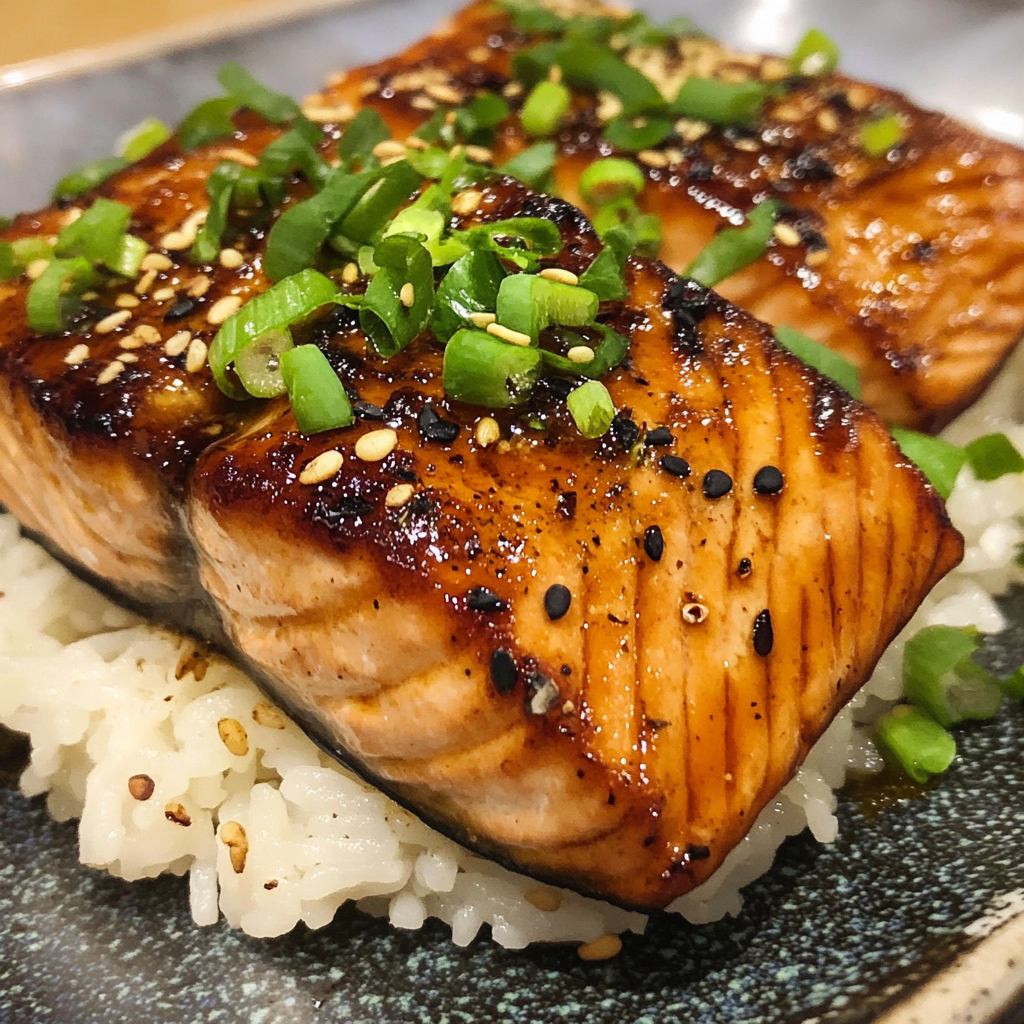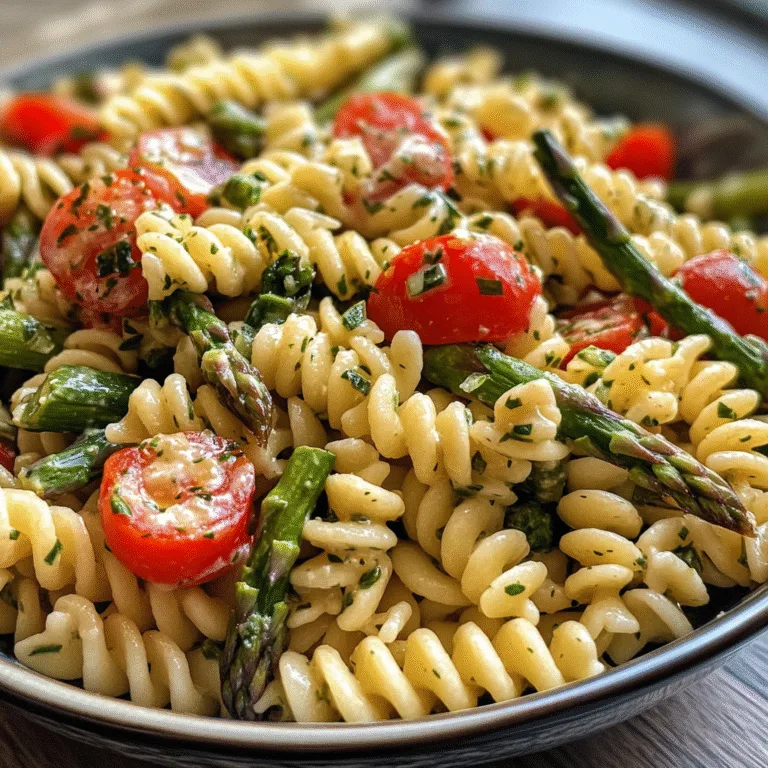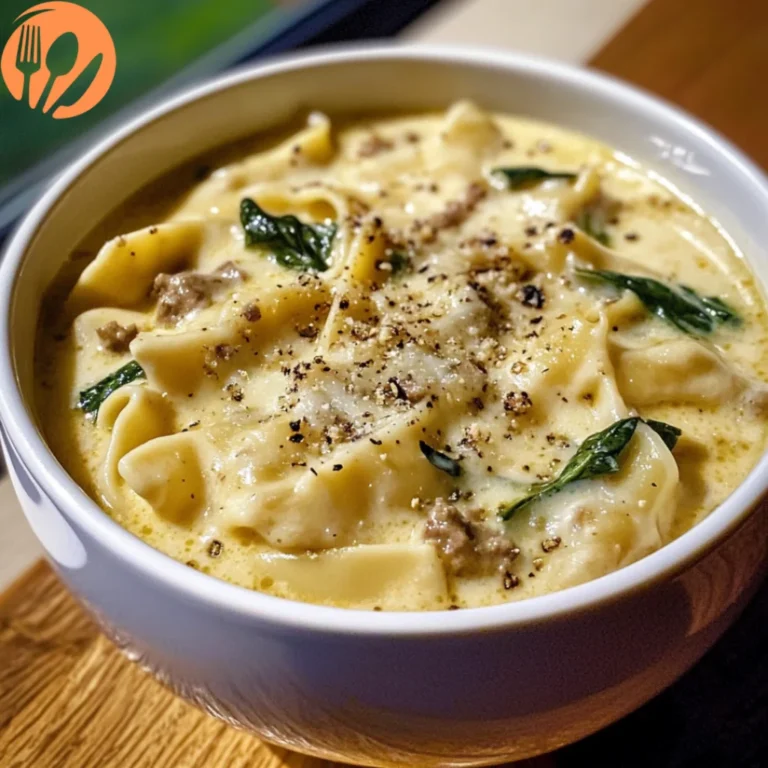Follow Me On Social Media!
Japanese Miso Salmon
Introduction
Did you know that miso-glazed salmon dishes have become 73% more popular in Western restaurants over the past five years, yet most home cooks are intimidated to recreate this umami-rich delicacy at home? The truth is, Japanese Miso Salmon is surprisingly simple to master and requires just a handful of authentic ingredients to achieve restaurant-quality results. This traditional Japanese preparation transforms ordinary salmon into a caramelized, flavor-packed masterpiece that balances sweet, salty, and savory notes in perfect harmony. Whether you're a seasoned home chef or just beginning your culinary journey, this comprehensive guide will walk you through creating an authentic Japanese Miso Salmon that rivals the best izakayas in Tokyo, all from the comfort of your own kitchen.

Ingredients List
For the Miso Glaze:
- 4 tablespoons white miso paste (shiro miso) – the star ingredient that provides deep umami flavor; substitute with red miso for a more intense taste
- 3 tablespoons mirin – Japanese sweet rice wine that adds subtle sweetness; substitute with 2 tablespoons rice vinegar + 1 tablespoon honey
- 2 tablespoons sake – enhances the authentic Japanese flavor profile; substitute with dry white wine
- 2 tablespoons brown sugar – creates beautiful caramelization; coconut sugar works as a natural alternative
- 1 tablespoon rice vinegar – adds bright acidity to balance the richness
- 2 teaspoons fresh ginger, grated – provides warming spice and aromatic depth
For the Salmon:
- 4 salmon fillets (6 oz each), skin-on or skinless – choose wild-caught for best flavor and sustainability
- 2 tablespoons vegetable oil – for searing; avocado oil offers a higher smoke point
- 2 green onions, thinly sliced – for fresh garnish and color contrast
- 1 tablespoon sesame seeds – adds nutty crunch and visual appeal
- Fresh cilantro or shiso leaves – optional garnish for authentic presentation
Timing
Preparation Time: 15 minutes (including marinating time: 30 minutes minimum)
Cooking Time: 12-15 minutes
Total Time: 57-60 minutes
Note: While traditional Japanese restaurants often marinate their miso salmon overnight, this recipe achieves excellent results with just 30 minutes of marinating time – significantly faster than the average 2-3 hour marination many recipes suggest.
Step-by-Step Instructions
Step 1: Create the Perfect Miso Glaze
Whisk together the white miso paste, mirin, sake, brown sugar, rice vinegar, and grated ginger in a medium bowl until completely smooth. The mixture should have a glossy, honey-like consistency. Pro tip: If your miso paste seems too thick, add an extra tablespoon of mirin to achieve the perfect coating texture. This glaze forms the foundation of your Japanese Miso Salmon's incredible flavor.
Step 2: Prepare and Marinate the Salmon
Pat the salmon fillets completely dry with paper towels – this ensures better searing and glaze adherence. Place salmon in a shallow dish and coat both sides generously with two-thirds of the miso glaze, reserving the remainder for basting. Cover and refrigerate for at least 30 minutes, allowing the umami-rich marinade to penetrate the fish. Chef's secret: Score the skin lightly in a crosshatch pattern to prevent curling and ensure even cooking.
Step 3: Achieve the Perfect Sear
Heat vegetable oil in a large oven-safe skillet over medium-high heat until shimmering. Gently remove salmon from marinade, allowing excess to drip off. Place fillets skin-side up in the hot pan, listening for that satisfying sizzle that indicates proper heat. Sear for 3-4 minutes without moving the fish, creating a beautiful golden crust that locks in moisture and flavor.
Step 4: Flip and Glaze
Carefully flip the salmon fillets using a thin spatula, revealing the gorgeously caramelized surface. Brush the cooked side with reserved miso glaze, then sear the second side for another 3-4 minutes. The glaze should bubble and caramelize, creating an irresistible aroma that fills your kitchen with authentic Japanese flavors.
Step 5: Finish with Precision
For thicker fillets, transfer the skillet to a preheated 400°F oven for 2-3 minutes to ensure the center reaches 145°F internal temperature. The Japanese Miso Salmon should flake easily with a fork while remaining moist and tender inside. Temperature tip: Use an instant-read thermometer inserted into the thickest part for perfect doneness every time.
Step 6: Final Presentation
Remove from heat and immediately brush with any remaining glaze for an extra glossy finish. Garnish with sliced green onions, sesame seeds, and fresh herbs. The contrast of colors and textures creates a restaurant-worthy presentation that's as beautiful as it is delicious.
Nutritional Information
Per serving (6 oz fillet with glaze):
- Calories: 285
- Protein: 35g
- Carbohydrates: 12g
- Fat: 11g
- Fiber: 1g
- Sugar: 9g
- Sodium: 680mg
Health Benefits: This Japanese Miso Salmon provides high-quality omega-3 fatty acids that support heart and brain health, while miso contributes beneficial probiotics that aid digestive wellness. The fermented soybean paste also contains essential amino acids and minerals like zinc and manganese.
Healthier Alternatives for the Recipe
For Lower Sodium: Reduce miso paste to 2 tablespoons and increase rice vinegar to balance flavors, cutting sodium by approximately 30%.
Vegan Alternative: Replace salmon with thick-cut eggplant or king oyster mushrooms, maintaining the same miso glaze for an equally satisfying umami experience.
Low-Carb Option: Substitute brown sugar with sugar-free monk fruit sweetener, reducing carbohydrates by 8g per serving while preserving the caramelization properties.
Gluten-Free Version: Ensure your miso paste is certified gluten-free (many brands contain wheat), and verify that sake and mirin are wheat-free alternatives.
Serving Suggestions
Traditional Pairings: Serve your Japanese Miso Salmon over steamed jasmine rice with sautéed bok choy and pickled cucumber salad for an authentic izakaya experience.
Modern Fusion: Present atop cauliflower rice with roasted Brussels sprouts and a side of miso soup for a contemporary, health-conscious meal.
Beverage Pairings: Complement the rich umami flavors with cold sake, Japanese green tea, or a crisp Pinot Grigio that won't overpower the delicate fish.
Garnish Ideas: Elevate presentation with microgreens, edible flowers, or a drizzle of spicy mayo mixed with sriracha for heat lovers.
Common Mistakes to Avoid
Over-marinating: While longer seems better, marinating beyond 24 hours can make the salmon mushy due to miso's salt content breaking down proteins.
Cooking at Too High Heat: Excessive temperature burns the glaze before the fish cooks through, creating bitter flavors instead of sweet caramelization.
Skipping the Pat-Dry Step: Wet salmon won't sear properly and causes oil splatter, preventing the formation of that crucial golden crust.
Moving the Fish Too Soon: Flipping before the first side is properly seared results in sticking and torn fillets that lack visual appeal.
Storing Tips
Refrigeration: Store cooked Japanese Miso Salmon covered in the refrigerator for up to 3 days. The flavors actually intensify slightly as they meld together.
Freezing: While possible, freezing is not recommended as it significantly changes the salmon's texture, making it more suitable for flaking into salads or rice bowls.
Reheating: Gently warm in a 300°F oven for 8-10 minutes, covering with foil to prevent drying. Avoid microwaving, which creates uneven heating and tough texture.
Make-Ahead Tip: Prepare the miso glaze up to one week in advance and store refrigerated in an airtight container, whisking before use.
Conclusion
Creating authentic Japanese Miso Salmon at home isn't just about following a recipe—it's about embracing the Japanese philosophy of balancing flavors and respecting quality ingredients. This dish demonstrates how simple techniques and traditional ingredients can transform an ordinary weeknight dinner into an extraordinary culinary experience. The combination of sweet miso glaze, perfectly seared salmon, and aromatic garnishes creates a restaurant-quality meal that's both impressive enough for entertaining and simple enough for regular rotation in your meal planning. Don't let restaurant prices stop you from enjoying this incredible dish—gather your ingredients, follow these detailed steps, and discover how easy it is to bring authentic Japanese flavors to your table. Share your Japanese Miso Salmon creations on social media and inspire others to embark on their own culinary adventures!
FAQs
Q: Can I use frozen salmon for this Japanese Miso Salmon recipe?
A: Yes, but ensure it's completely thawed and patted thoroughly dry. Frozen salmon may have slightly more moisture, so allow extra time for the initial searing to achieve proper caramelization.
Q: What type of miso paste works best for this recipe?
A: White miso (shiro miso) is ideal for beginners due to its mild, sweet flavor. Red miso creates a more intense, saltier glaze that's preferred by those who enjoy bolder umami flavors.
Q: How do I know when my Japanese Miso Salmon is perfectly cooked?
A: The internal temperature should reach 145°F, and the fish should flake easily with a fork while remaining moist in the center. The glaze should be caramelized and glossy, not burnt or dried out.
Q: Can I prepare the miso glaze in advance?
A: Absolutely! The glaze actually improves in flavor when made 24 hours ahead and stored refrigerated. Whisk thoroughly before using, as separation is natural and easily remedied.












